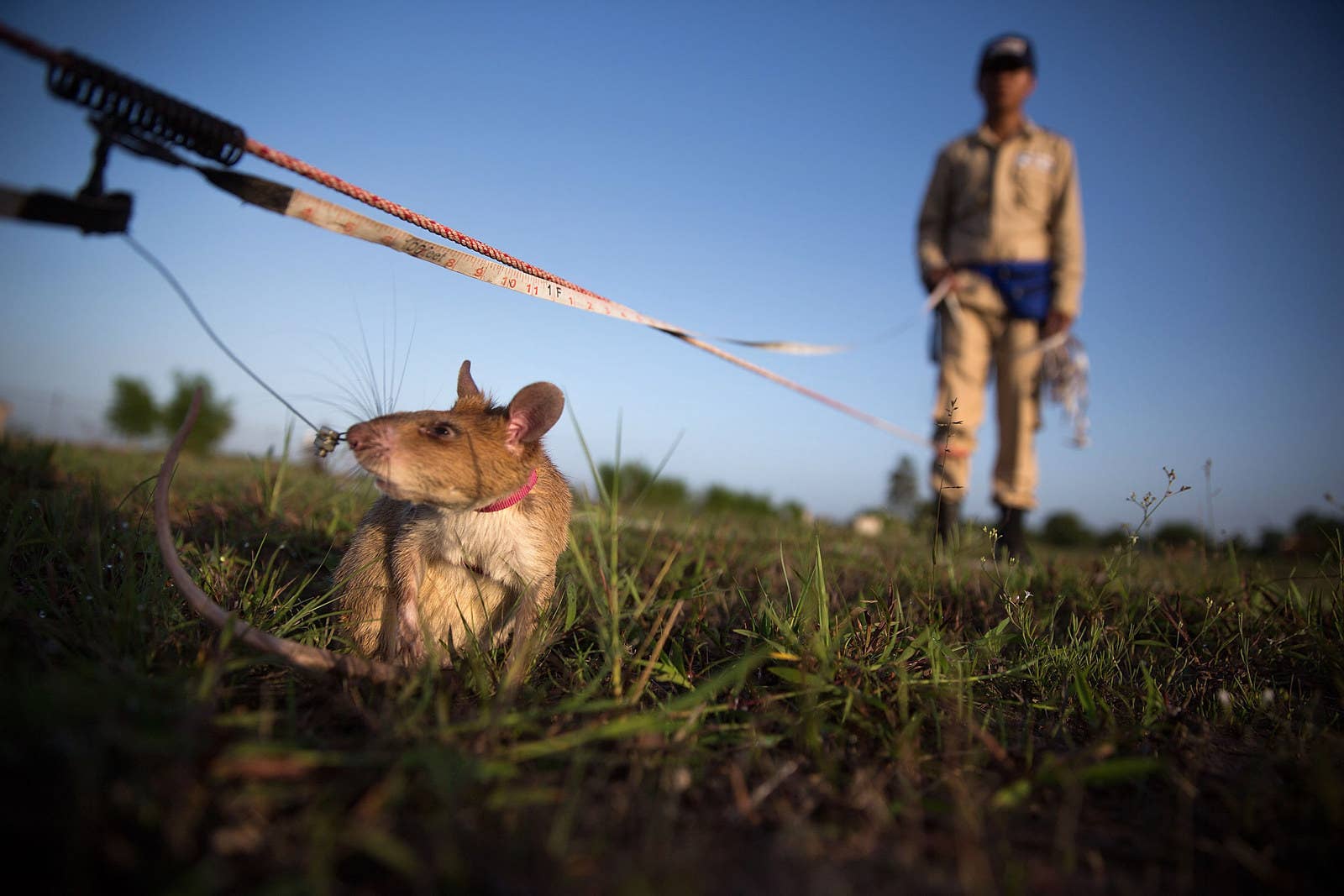
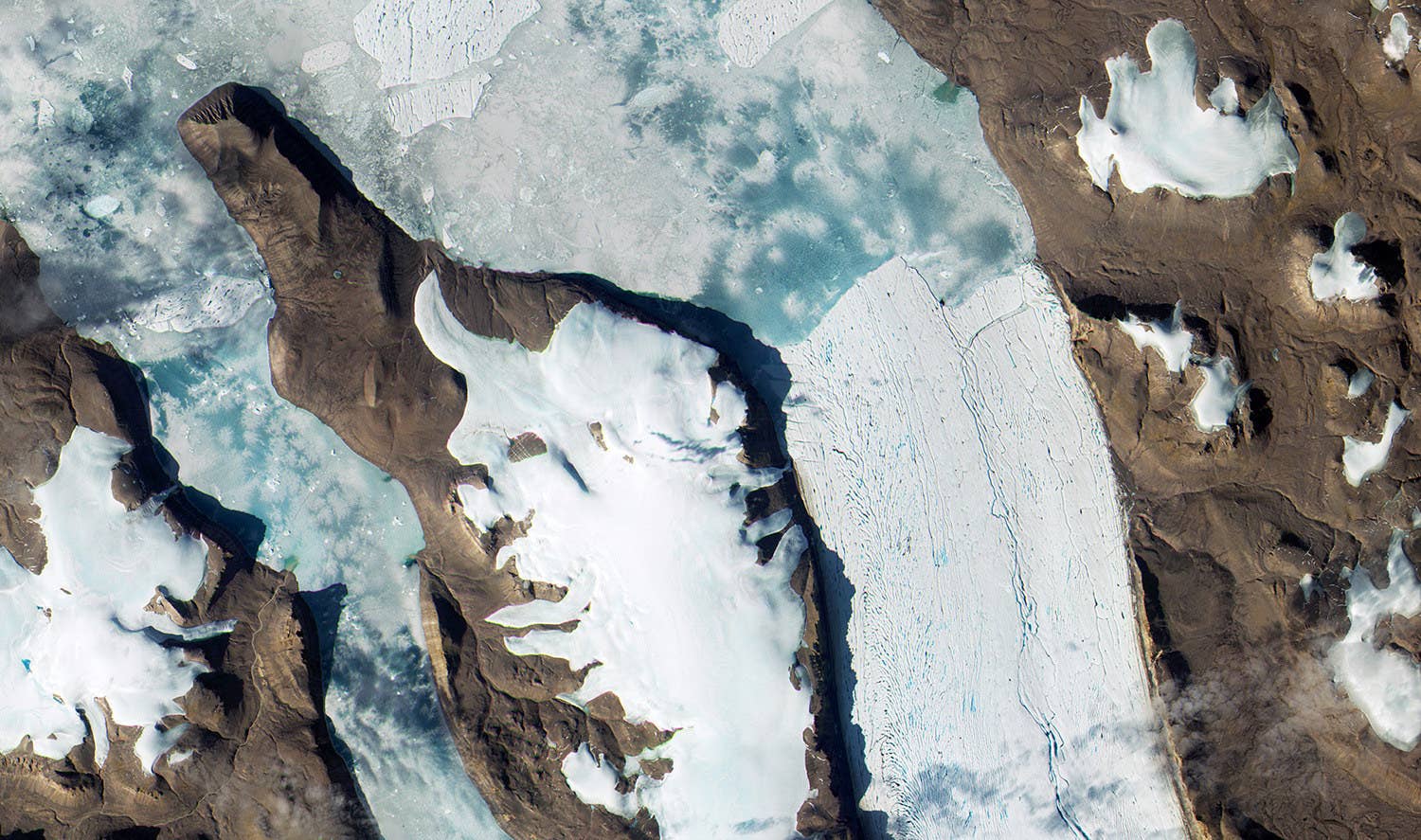
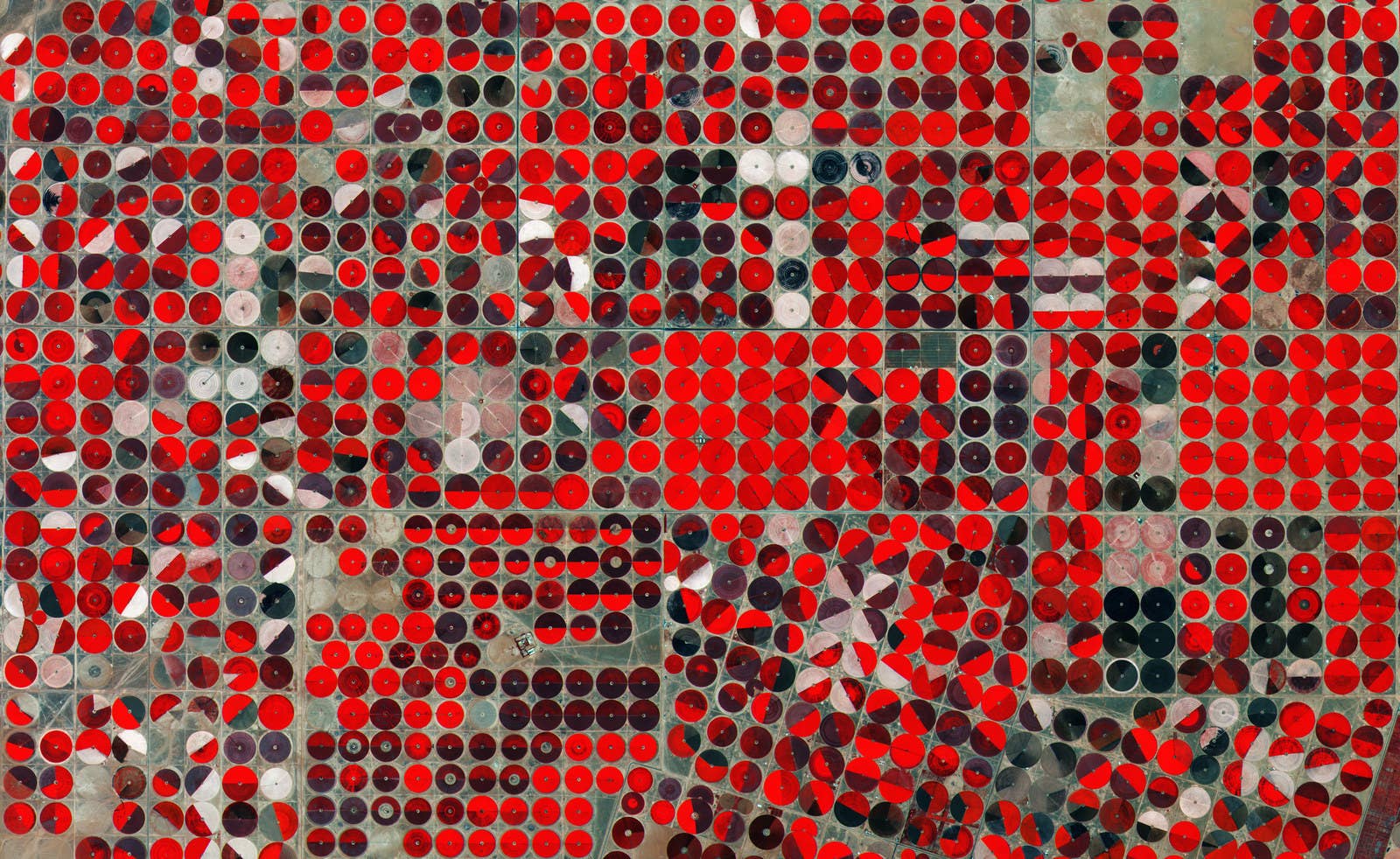
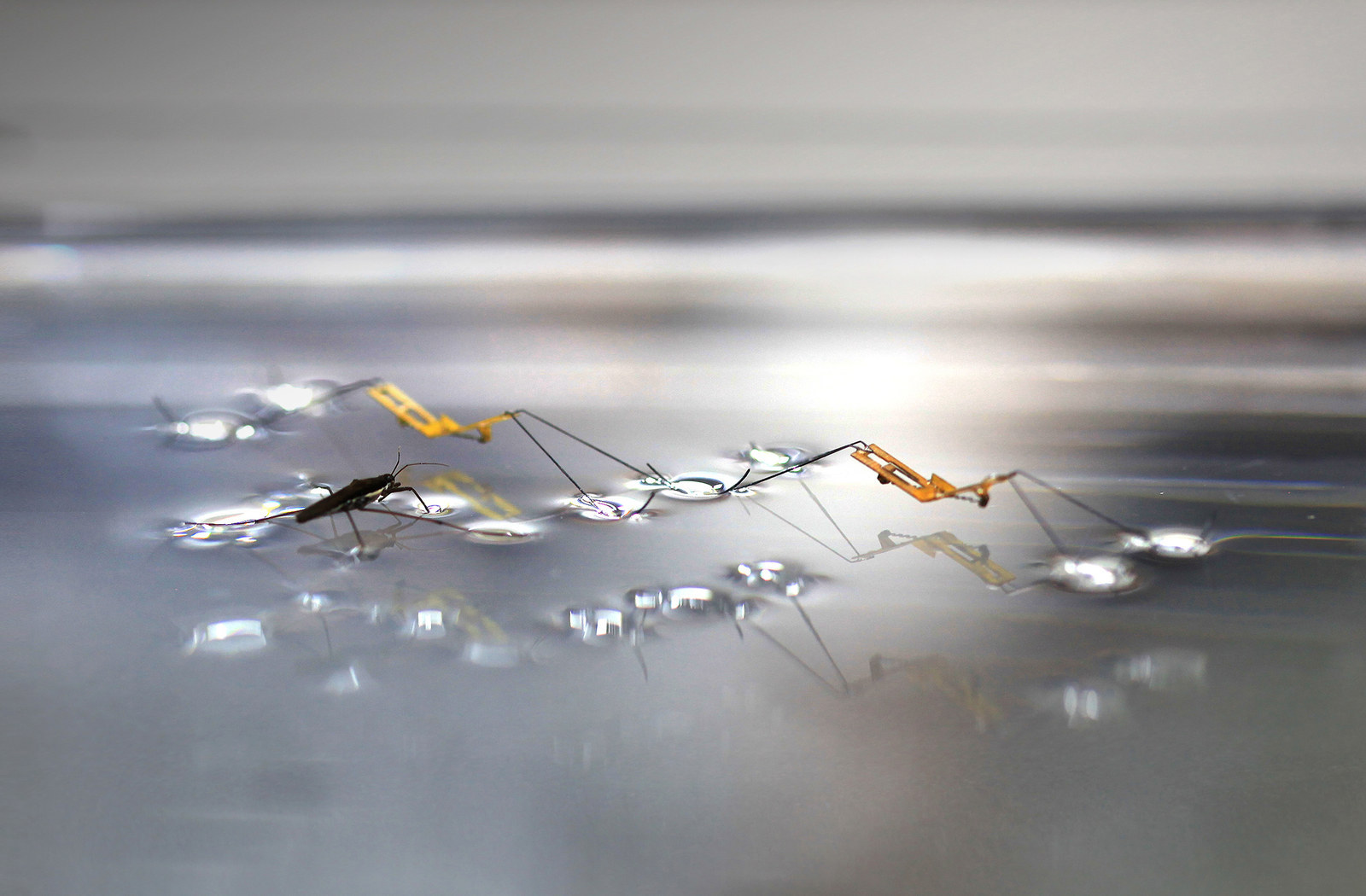

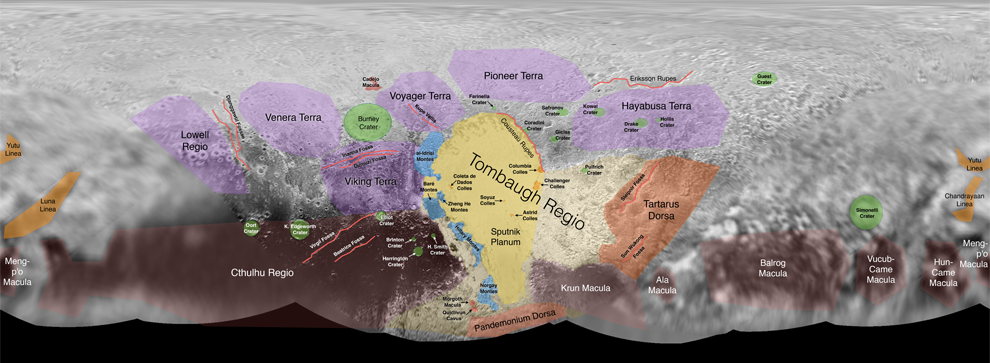
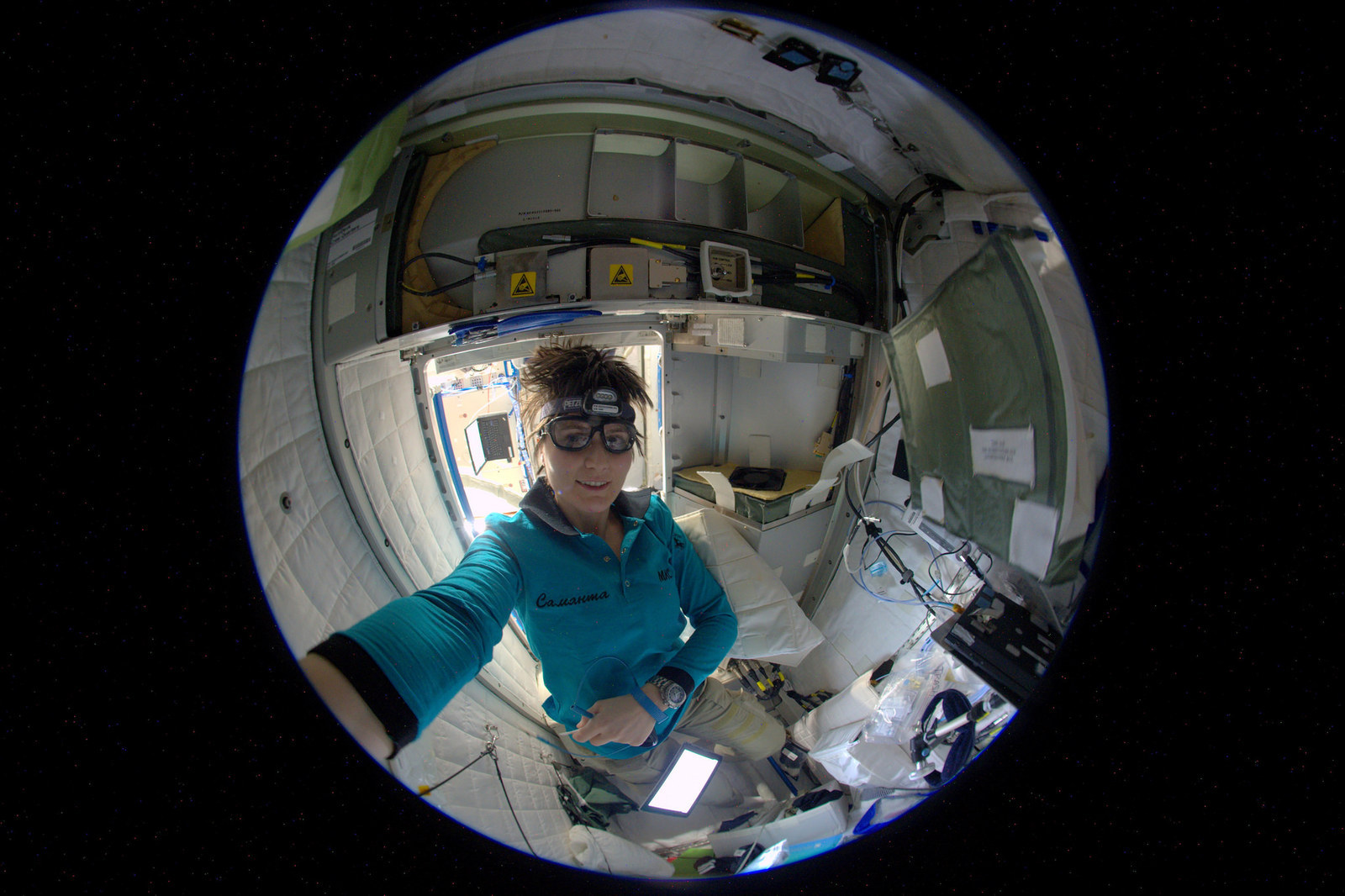


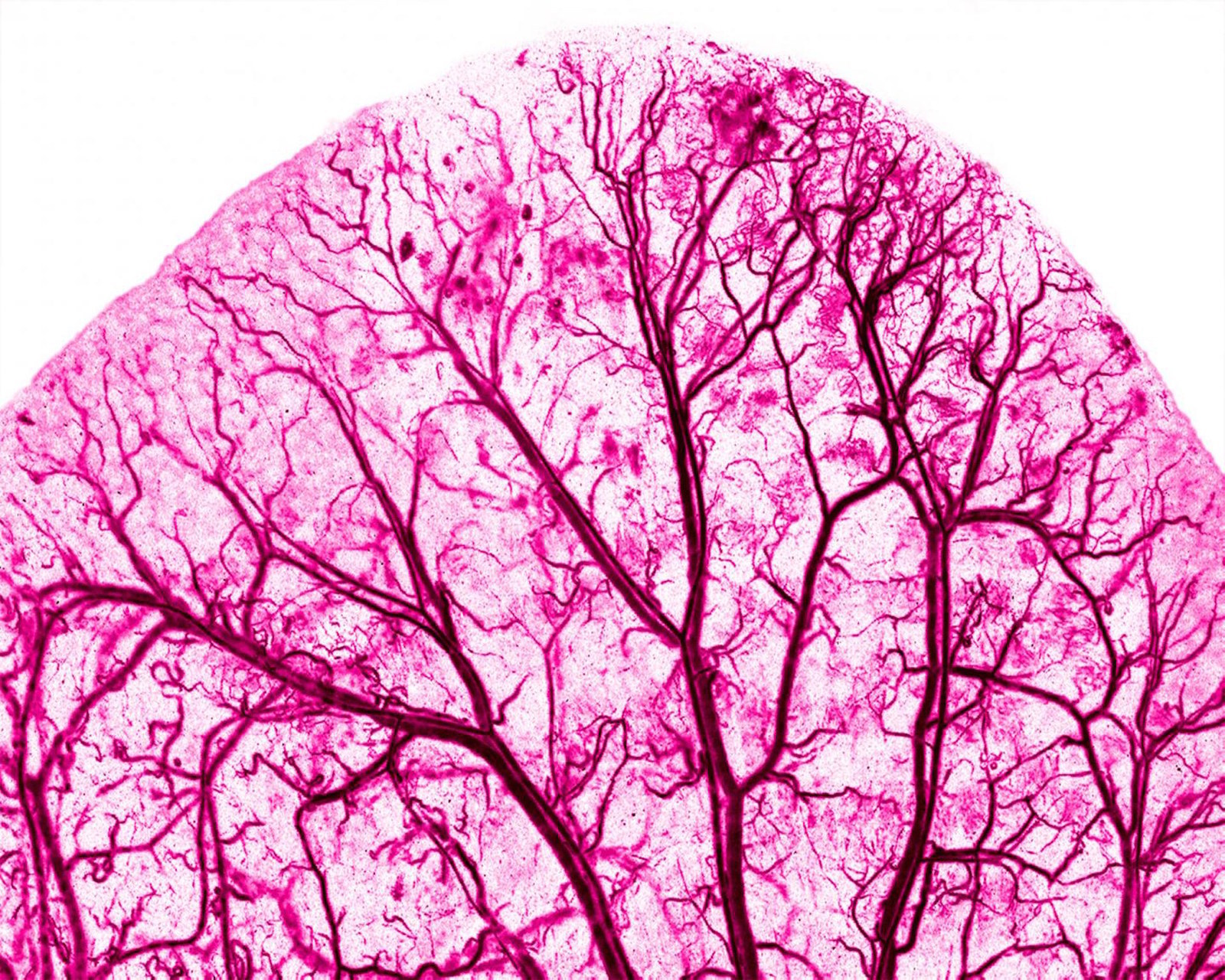
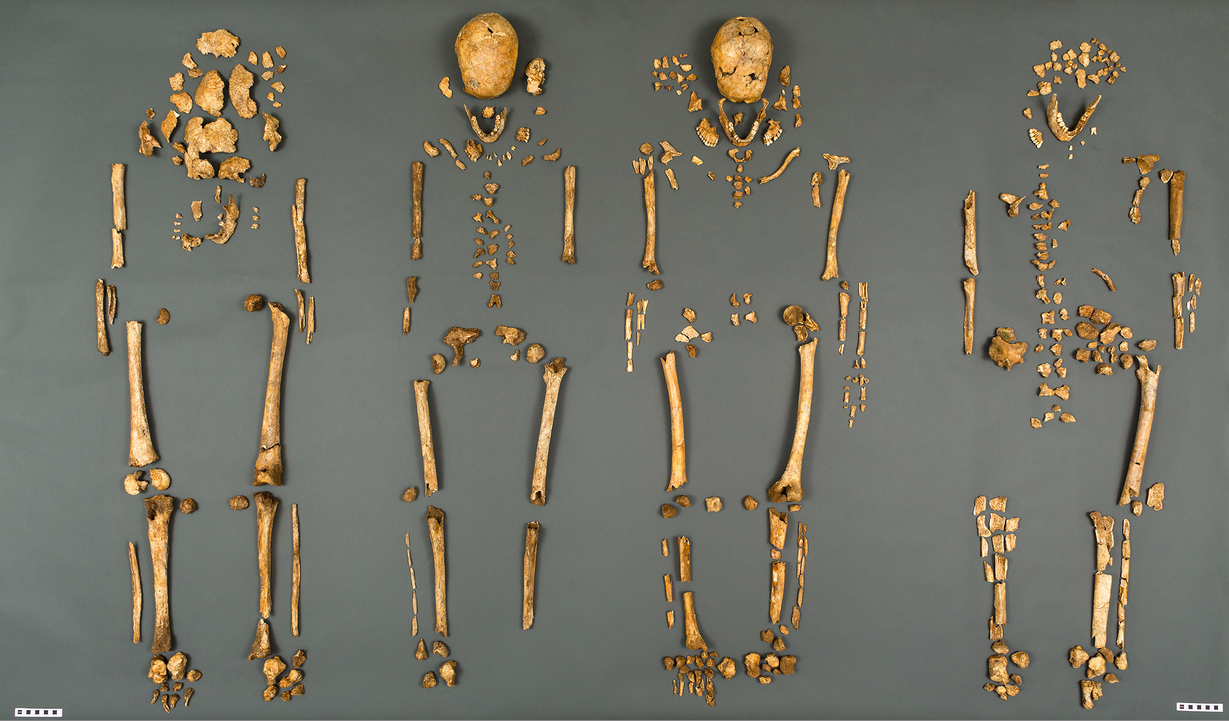
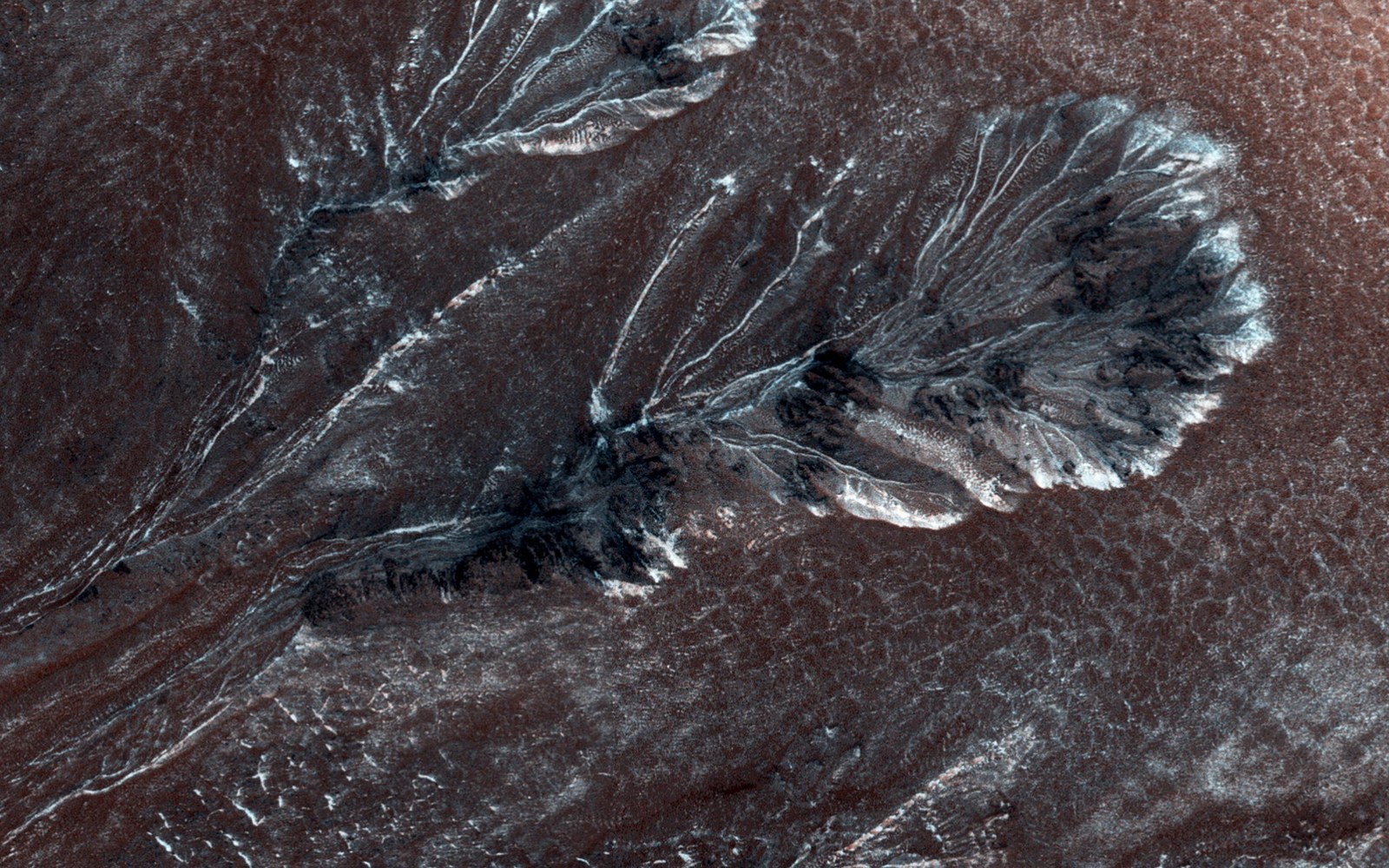
Mine-detecting rats, a brown dwarf aurora, and labeling Pluto's rich topography all made headlines this week.

Huge rats in Cambodia are being trained to detect explosives in mine-riddled fields. As NPR reported, when it sniffs out potential TNT or other unexploded ordnance, the rat scratches the ground for a tasty award: a banana.

The Ryder Glacier in Greenland. This image was taken by a satellite called Sentinel-2A, launched in June and tasked with monitoring the environment – from retreating glaciers to agriculture.

This image is also from Sentinal-2A. It's in false-colour and shows agricultural structures for irrigation near Tubarjal, Saudi Arabia.

Scientists in Seoul created a robot pond skater that can successfully launch itself from the surface of water. The work was published in Science this week.

Artists impression of auroral activity in the atmosphere of a brown dwarf outside of our solar system. Based on work published in Nature this week.

This week, BuzzFeed Science revealed what scientists behind the New Horizons mission to Pluto want to name some of the newly discovered surface features of the distant dwarf planet (and its moon Charon). Their informal map is shown above.

European astronaut Samantha Cristoforetti cleans the ventilation system on the International Space Station. Cristoforetti returned to Earth after six months on the ISS on 11 June 2015.

July 3, 2013

Below-average precipitation and rain have made the snow pack on Washington's Mt. Baker remarkably low. Above are satellite images of the same area from this July 2013 (top) and now (bottom). According to the NASA Earth Observatory, "Mount Baker stands as a visible reminder of climate change in the area."

This image of blood vessels in a mouse's ear, taken by PhD student Jaewoo Kim, was awarded the Silver Prize at the Light Image Contest held by the Optical Society of Korea in commemoration of the International Year of Light 2015.

Researchers identified the remains of four Jamestown colony leaders. The men were buried in the chancel of the English settlement's church where Pocahontas married John Rolfe. Only about 30% of the skeletons were intact.

Dry ice frost on the northern plains of Mars, taken by the High Resolution Imaging Science Experiment (HiRISE) camera on NASA's Mars Reconnaissance Orbiter.